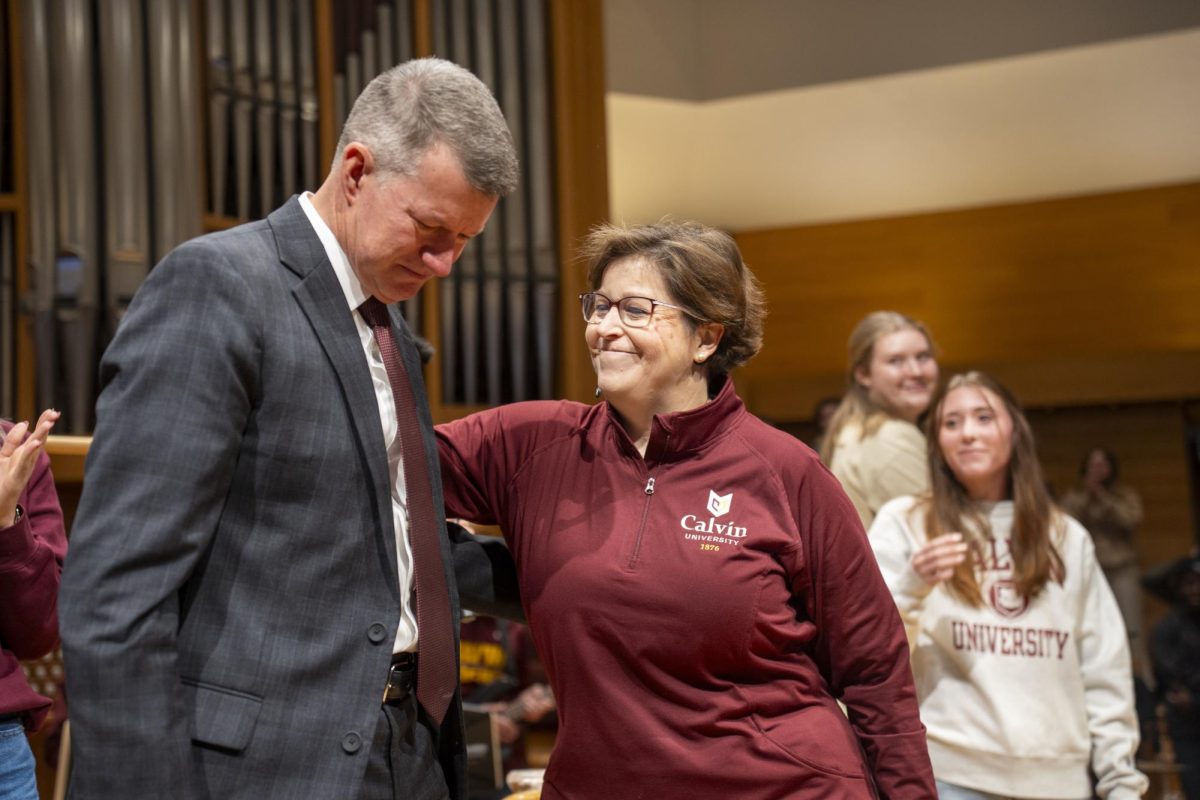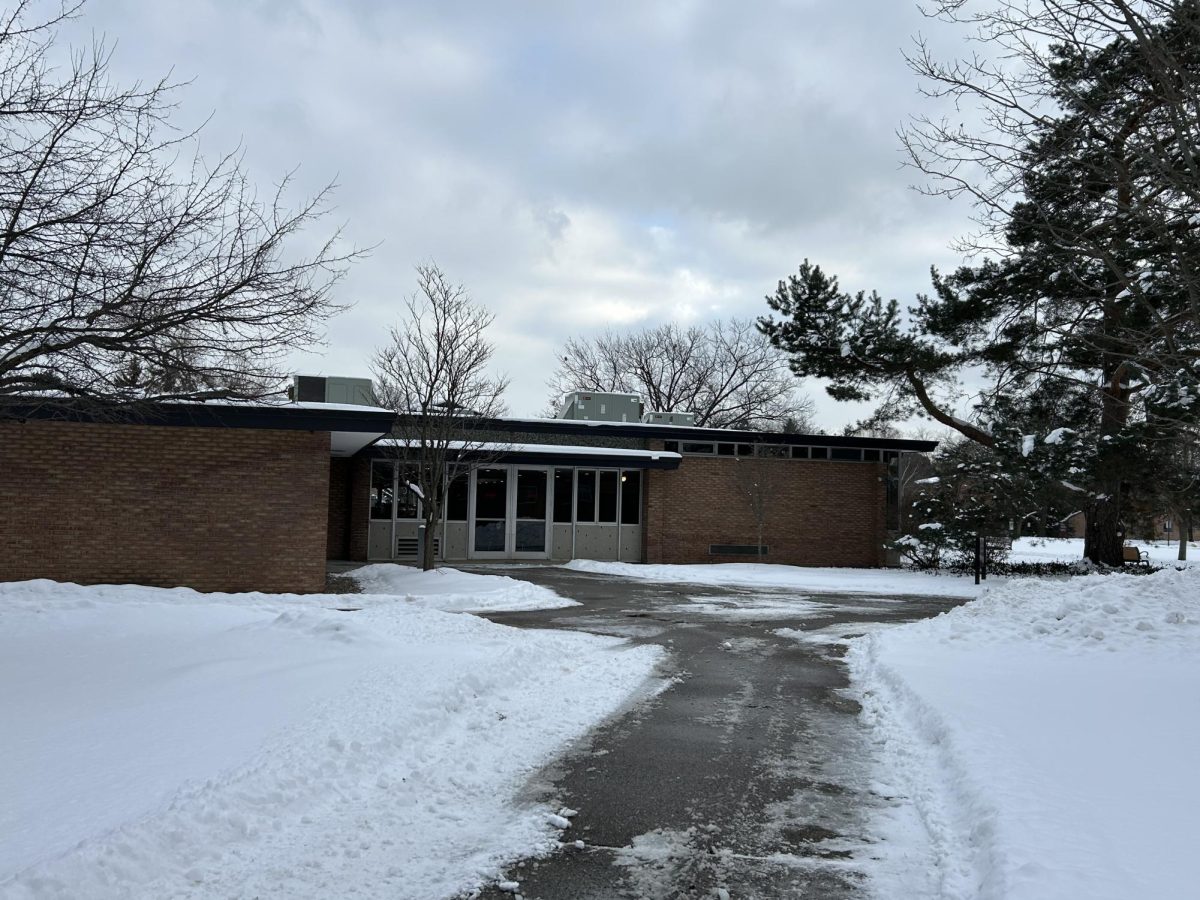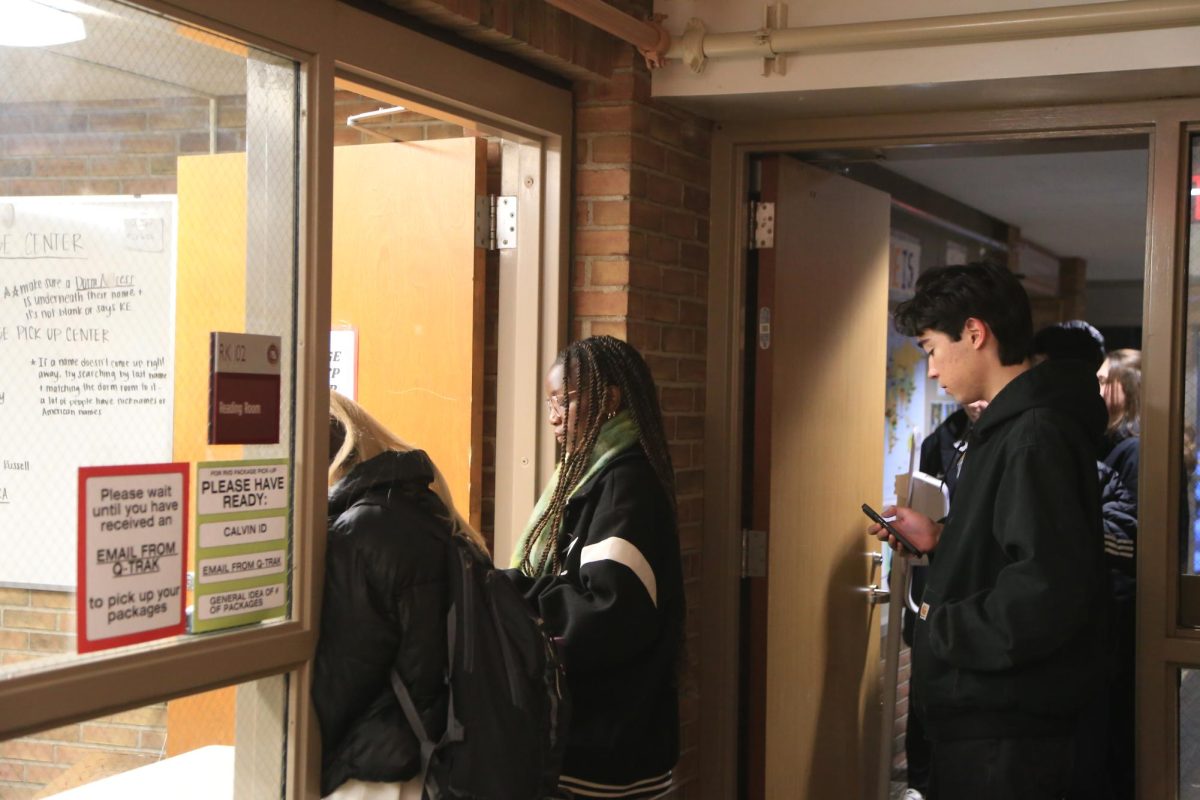“This semester we have as many users in our reading room daily as we used to have during an entire week,” said Dick Harms, curator of the archives at Heritage Hall.
Harms attributes the surge in popularity to recent renovations to the building. Heritage Hall, located on the main floor of the library, houses extensive archives for the Christian Reformed Church, Calvin College and Dutch Americans, as well as the rare book collection. Heritage Hall is not to be confused with the Henry Meeter Center where the John Calvin collection is located.
The expansion of the reading room and the addition of power and data ports for researchers have helped draw more visitors to the collection. However, most renovations arose from an effort to preserve the one-of-a-kind books and records housed in the hall.
“State-of-the-art environment controls were installed so that we can maintain a constant temperature and relative humidity, which is absolutely necessary for long-term preservation of paper-based materials,” Harms explained.
The installation of fire suppression and equipment to prevent damage from water leaks will also help keep the books and documents safe.
Three large, open rooms have replaced the original layout of twelve different rooms, hallways and closets, allowing for far more storage than before. New shelves also make better use of the space so that more books can be added to the rare books collection.
Lugene Schemper, the collection’s curator, says that it already boasts a wide variety of titles, some of which are extremely valuable.
Schemper describes a number of government pamphlets from the early twentieth century as being especially rare. One such pamphlet from World War II is a particularly valuable text.
The pamphlet, entitled “This Is Ann: She’s Dying to Meet You,” was designed to show soldiers how malaria is contracted. Although the illustrator is unidentified, Schemper says it is “clearly none other than Theodore Geisel,” better known as Dr. Seuss.
Some of the books are valuable simply because of their age. Schemper says the oldest complete book dates all the way back to 1492. The 84-page devotional tract by Gerard Zerbolt was published in Basel, entitled “De reformation[n]e viriu[m] anime.”
Harms states that the rare book room boasts a significant political text: the first British periodical to publish the United States Declaration of Independence in Great Britain. A number of other interesting texts can also be found there.
“We have the largest collection of Dutch-language periodicals published in the U.S. and more than 500 manuscript collections documenting the history of the Dutch in North America since the 1840s. Among these collections are more than 4,000 letters written by an immigrant to friends and relatives in the Netherlands describing their experiences,” he said.
Books and records cannot be checked out by students. However, from 8 to 5 p.m. Monday through Friday students can visit the reading room under staff supervision to learn about Dr. Seuss’s on malaria contraction or even flip through a book published the same year Columbus sailed the ocean blue.







